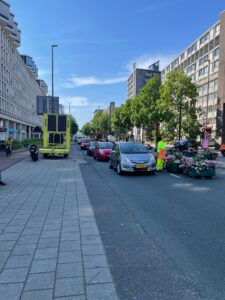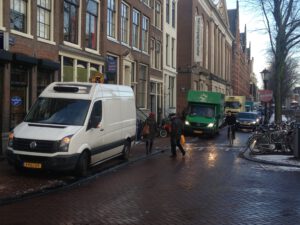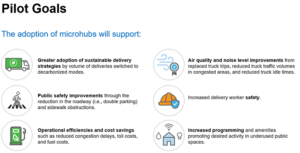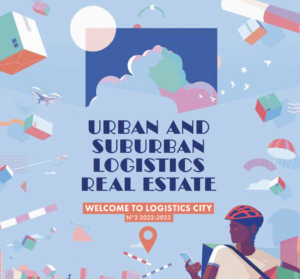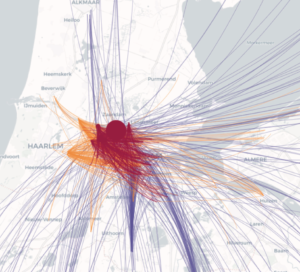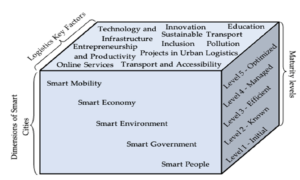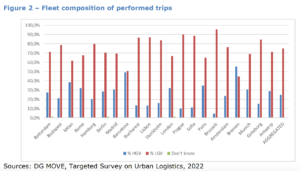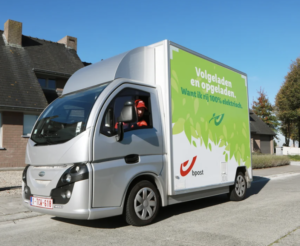The future of urban two-person deliveries

In response to changing consumer markets, retailers are moving to an “omnichannel model,” combining inventory in the physical store with a webshop and home delivery and installation. Delivering and installing heavier products at consumers’ homes is a specialty in the home delivery market like furniture, white goods, and electronics delivery. Dutch web stores deliver consumers …

